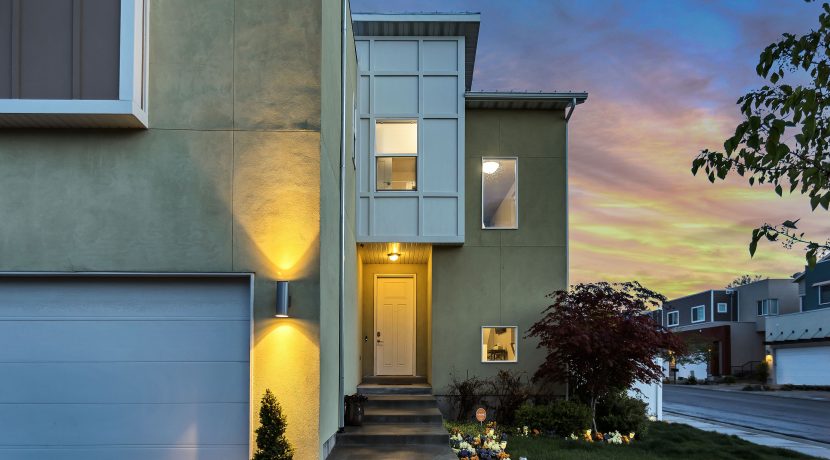As peak summer is upon us, so too are the calls for the maintenance of the air-conditioning and the water tanks and the like. This is invariably the time of year when the domestic housing infrastructure comes under the most pressure.
As properties age, this is also the time when avoidance of proper maintenance starts taking its toll on the asset, and inexpensive solutions that were implemented early on in the life cycle of the property now come home to roost.
The transition of Dubai’s housing market from an investment-oriented and tenant-driven one to an owner-occupier one has coincided with the maturity in its property maintenance marketplace. Though not without its share of disruptive elements.
At the advent of the freehold market, the maintenance industry was fragmented, with operators being replaced at alarming speed. The mood operandi was predominantly one of a quick fix. This was primarily in response to a market where a) there wasn’t much maintenance required to begin with, given that the houses were brand new, and b) the need for preventive maintenance was met with suspicion and disdain, given that it would lead to a reduction of overall yield. And moreover, reduce the overall returns in a market that was dominated by the phenomena of property flipping.
As the market matured and houses became older, the need for maintenance became more prominent. This became even more pressing as some of the development faults came to the fore as build conditions were notoriously variable.
However, in a fragmented market, tenants and/or landlords alike could not for the most part find effective solutions as the rate of turnover in the maintenance industry was very high. Often, they could not trace the company that had operated on their house the previous month. As newer and larger players entered the market, they found — to the chagrin of the owner-occupier — that as much as 50 per cent of the work and costs incurred was in undoing the mess that the previous maintenance company had undertaken.
This led to a state of disillusionment, and often the solution was just to do nothing at all. The situation was compounded by the fact that most of the solutions offered were still manual, even as it became apparent that cost-effective solutions in a technological framework were becoming increasingly mainstream. Where the property maintenance market is today is similar to that of the wider housing market. At the top end, there are a number of bespoke providers catering to the affluent. At the bottom end, the approach has predominantly been to extend the bare minimum services so as to minimise yield erosion. Consequently, in some of these communities, asset erosion has become visible.
However, it is in the mid-end, where end users are starting to become prevalent, where the demand-supply gap is at its highest. And where maintenance providers have as yet to offer holistic solutions in a cost-effective manner.
Technology, where possible and practicably applicable, helps in this scenario. Everything from water purification measurement levels to air-conditioning and air quality measurements, and fire detection and camera systems that can be monitored remotely via your phone are now available. Apart from effective energy savings, all it does is remind the owner-occupier of the need for upkeep and repair.
It is the onus of the owner to ensure that regular cycle of upkeep is adhered to. In a housing market that is predominantly new stock, you can get away without maintaining it effectively for a few years. However, as history painfully shows, even in Dubai, the costs will eventually catch up and in the final analysis it affects the resale value of the property.
In a market that is becoming increasingly hyper-competitive, that, more than anything else, should serve as a sobering clarion call for preventive maintenance.
All rights reserved to the initial publisher for Gulf News
Collected and published by Arms &McGregor International Realty® editorial team. Get in touch with us at [email protected]

